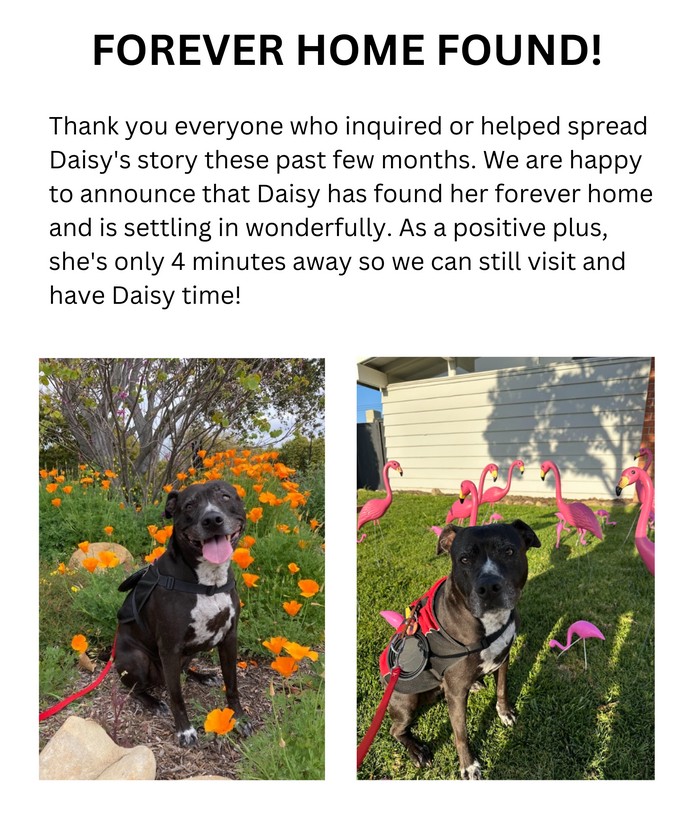 • Dogs and cats can develop a form of senile dementia. In humans, it’s easy to notice confusion but in dogs and cats it may be harder to determine. As pets age, they develop both physical and mental issues. In cats, it’s hard to determine, as cats are more likely to be loners and normally sleep a lot.
• Dogs and cats can develop a form of senile dementia. In humans, it’s easy to notice confusion but in dogs and cats it may be harder to determine. As pets age, they develop both physical and mental issues. In cats, it’s hard to determine, as cats are more likely to be loners and normally sleep a lot.
However, there are signs that may help identify a mental problem.
Signs of confusion such as not using the litter box, excessive roaming, lack of appetite, or not using their favorite napping spot may point to some form of beginning dementia. If a cat is normally friendly and likes to be petted, held, and cuddled then becomes easily irritated and avoids human contact, this could be a sign.
Being stoic creatures, cats don’t normally vocalize if there isn’t a reason. If a cat begins to be more vocal and shows signs of becoming confused, restless and unsure, it will usually happen at night.
Canine senility commonly occurs among older dogs. ‘Dogs are considered to be geriatric when they reach 10 years of age, although smaller breeds may not show signs for another 3-5 years.
Most dogs benefit from a regular schedule and seniors are more relaxed having a routine. However, as his age advances, he may not remember his schedule as well.
Older pets may be more prone to developing bladder infections. There is help for this in the form of prescribed medications. It’s important to get regular check-ups for any suspected condition.
Soiling inappropriately should never be punished, as an aging formerly housebroken dog or cat is not being naughty, but may be losing control due to an aging issue. They should never be punished for something they can’t help.
Some suspected mental conditions may have a medical basis. If your pet is drinking a lot of water, has a good appetite but is losing weight, it could be a sign of diabetes. With a loss of bladder control, he will need more potty breaks.
Dogs can also develop lesions in their brains similar to those found in human Alzheimer’s patients. The typical age for their formation begins around 7 or older.
Some behavior changes may also be linked to dental issues. Loss of vision and hearing, arthritis, kidney, and heart disease can cause both physical and mental changes.
Diet is very important so that your aging pet receives adequate nutrition and maintains a healthy weight. Pets with medical conditions may need a special diet formula.
Dr. Joanna Bronson of Bronson Veterinary Services
• So why have cats evolved to have such exceptional night vision?
“Adaptations for vision are the direct result of a species’ need to interact with its environment,” Plummer said. “Cats are obligate carnivores, meaning they must eat meat in order to stay healthy. They are unable to produce certain required proteins and must ingest them from an external source. Many of their potential prey items are active at night or in dim light.”
Despite being more active than the average human during the night, cats are not strictly nocturnal animals. Rather, they are considered “crepuscular,” or active during twilight, owing to their fondness for hunting at dusk and dawn.
Cats are considered “crepuscular,” or active during twilight, due to their proclivity for hunting at dusk and dawn.
However, although feline eyes are designed for night-time jaunts, cats’ ability to successfully navigate their environment during periods of near darkness is about more than the composition of their eyes. According to Plummer, cats also rely on their other senses.
So, cats are far more adept at wandering at night than humans are, but when it comes to vision quality, they certainly don’t trump humans during the daytime.
Carol was passionate about the environment and animals.
The SPAN community extends condolences to the family of Carol Jeanette Olson who died April 26, 2023. Carol was widely known throughout Ventura County for her passion and extraordinary efforts to trap feral cats and rescue / adopt cats and kittens through the non-profit Pink Paws and Simi Valley Spay and Neuter Clinic.
She will be forever loved, remembered, and appreciated as a member of the feline rescue community. Few realize the many undesirable locations / situations that her dedicated work took her: From sewers and roof tops to chimneys and dark alleys. Carol cared for kittens until they could be adopted, and treated sick felines until they could fend for themselves – no small task for anyone who has tamed down even one cat.
Carol’s work within the feline community was tireless, yet she always managed to have a smile on her face…and room for yet one more cat / kitten. She will be deeply missed by the community, friends, and her family.

